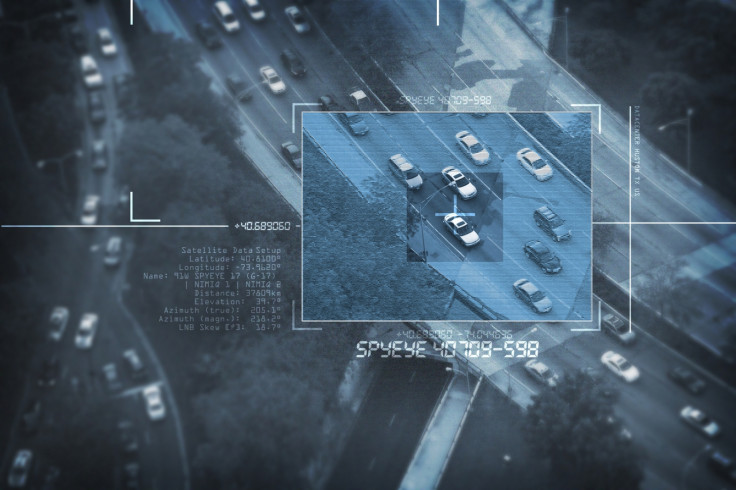New NSA documents detail how the spy agency used the Iraq war to build its global surveillance system
The documents contain messages sent between 2003 and 2004 by the then NSA director Michael Hayden.
Newly released internal NSA documents reveal how the US spy agency used the Iraq war to develop its global surveillance infrastructure, which was later brought to light by whistleblower Edward Snowden. The documents, called WARgrams, also contain messages sent to a vast body of NSA employees between 2003 and 2004 by the then NSA director Michael Hayden.
According to a report by Motherboard, the documents bring to light for the first time how the NSA asked its staff for "unprecedented degrees of cooperation", in efforts to develop and establish its global surveillance system. The documents also reveal the agency's rapid shift in priorities, detailing its move from providing intelligence support to wartime coalition forces to assuming the role of a "pervasive" and "intelligent-driven" leading component in the global war on terrorism.
Around 70 WARgrams were sent out, the first of which, sent out in the days or weeks leading up to the start of the war in March 2003, characterised Operation Iraqi Freedom as "an intense attack of relatively short duration intended to overwhelm the Iraqi ability to respond." In Hayden's own words, the WARgrams were "designed to keep us all 'in the loop' with the latest developments during the campaign."
The documents were released on 23 August in response to a Freedom of Information Act request and were published online on 5 September on a federal archive called Government Attic. Before its release, WARgrams were never publicly acknowledged by the NSA.
The documents detail a variety of issues discussed, including the use of NSA encryption when communicating messages in the battlefield, the US media coverage of the war, the available mental health programs for overworked NSA agents and more.
In specific editions of the documents various aspects of the war were detailed, including the daily life conditions and how the NSA approached the war.
Hayden wrote in WARgram 24,"We approached the war with Iraq as a corporate activity—with [US intelligence] linked in planning and executing. The results are stunning."

WARgram 27 included this dispatch from an embedded NSA agent: "Daily life is Spartan. The hours are long. We're hot. We're dirty. Some of us smell pretty bad. There is no water for showers today. Chicken is being served for chow—again. I've asked team members if they'd rather be doing what they are doing or working another job in a nicer place. All agreed they'd rather be here."
Additionally, the documents also include the NSA setting up an "Iraq Battle Bridge", which has been heavily redacted and has not ever before been publicly discussed by any NSA official. Unredacted portions display Hayden describing a plan to help make available the NSA's 24/7 surveillance operation centre called the National Security Operations Center, to all those involved in fighting the war.
In WAR gram 58, Hayden began demanding "unprecedented cooperation" and "innovation" from NSA agents in efforts to likely conduct "pervasive" surveillance exercises across the globe. In this particular dispatch, Hayden's focus is seen shifting from providing battlefield intelligence support to emphasising the increase of surveillance both within the US as well as abroad.
In yet another missive, WARgram 61 titled "Confronting the Current Threat to the Homeland", Hayden asserted the imperative necessity of NSA surveillance in preventing an imminent al-Qaeda attack slated to occur in the days leading up to the 2004 presidential elections.
"While U.S. and Allied facilities and citizens around the world remain tempting targets for a great number of terrorist groups and movements, the current threat to the Homeland is indeed real, and the clock is ticking," Hayden wrote. "Our response is not an exercise about the future security of the nation, it's about doing all we can right now to protect our homes and loved ones from another round of massive attacks. We must not fail."
WARgrams are allegedly one of several internal NSA newsletters, memos and communications, which were widely circulated internally and candidly, detailing the NSA's role during the war. NSA's Snowden documents have previously also mentioned the agency's surveillance efforts gathering "medical intelligence" in efforts to determine how foreign nations including Iraq respond to biological, chemical and nuclear attacks.
© Copyright IBTimes 2025. All rights reserved.






















